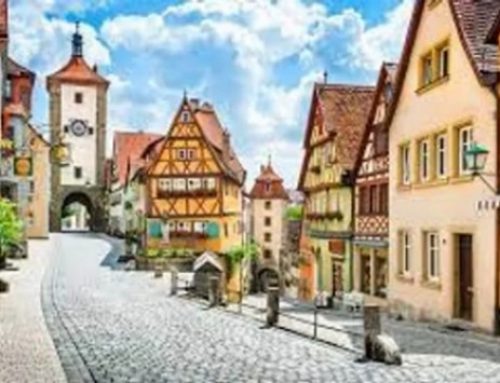St. George, the legendary dragon-slayer, and patron saint of England is celebrated each year on April 23rd. While many are familiar with the iconic image of St. George battling a dragon, there’s much more to his story than meets the eye. Let’s uncover some lesser-known facts about this revered figure:
St. George Wasn’t English: Despite his status as England’s patron saint, St. George was born in Cappadocia (modern-day Turkey) in the 3rd century AD. He later died in Lydda (modern-day Israel) in AD 303, where his tomb became a Christian pilgrimage site.
He Wasn’t a Knight Either: While often depicted as a chivalric knight, St. George was more likely an officer in the Roman army. The imagery of him as a knight emerged in the 11th century.
St. George Was a Martyr: Like many saints, St. George was martyred for his Christian faith during the persecutions of Emperor Diocletian. He was executed for refusing to make a sacrifice to the pagan gods.
He Never Visited England: Despite his popularity in England, St. George never actually set foot in the country. Nevertheless, his feast day on April 23rd has been celebrated there since the 9th century.
The Dragon Story Came Later: The famous tale of St. George slaying a dragon originated centuries after his death. Images of this feat began to appear in the 9th century and were later popularised in medieval literature.
St. George Was a Saint for Centuries Before His Feast Day: Canonized in AD 494 by Pope Gelasius, St. George’s feast day has been celebrated for over a thousand years. It became especially significant in England after the Battle of Agincourt in 1415.
He’s Honoured Beyond England: St. George is revered as a patron saint in various countries and regions, including Venice, Genoa, Portugal, Ethiopia, and Catalonia, each with its own traditions and celebrations.
People Sought His Protection: During the Middle Ages, St. George was believed to offer protection against diseases like the Plague and leprosy. He was also invoked to safeguard the English army.
St. George’s Legacy Lives On: His image is featured prominently in prestigious honours like the Order of the Garter and the George Cross, which honours acts of heroism. His likeness also graces many memorials dedicated to fallen soldiers.
As we celebrate St. George’s Day, let’s remember the rich history and enduring legacy of this iconic figure.





